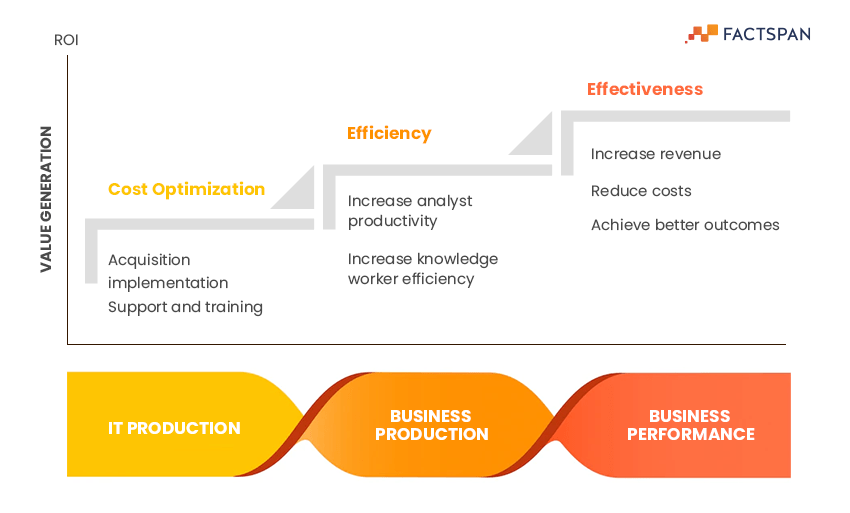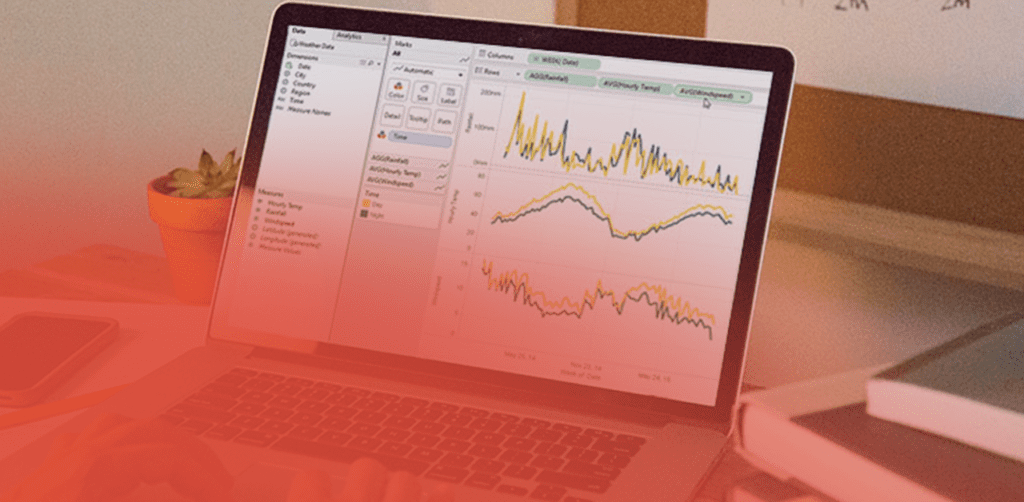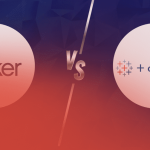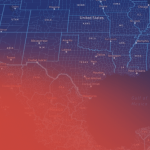With growing demand for data there’s an increasingly growing competitive business intelligence and analytics market. Today, we believe a critical aspect of assessing modern BI solutions is to understand more than the present capabilities of various software. Here’s when Tableau comes handy in Business Intelligence solution.
This is why Tableau is distinguished from other business intelligence and analytics solutions in the business world. It is highly crucial time to understand the value Tableau tools bring to end-users and IT professionals as they deploy, scale, and support modern BI efforts for a particular corporation.
Tableau in Business Intelligence
Tableau, a data visualization tool that helps in simplifying raw data into an easily understandable format. What’s interesting in this tool is that data analysis becomes amazingly fast with Tableau and the visualizations created are in the form of dashboards and worksheets.
Business demands real-time access to data to drive critical decisions. Also, IT needs to audit and manage data to make sure it is accurate, secure, and governed to scale. It is time to take a closer look at your analytics strategy.
Want to read more? Click to read our BI Tool Comparison
Why Tableau?
Tableau is the market-leading preference in business intelligence standards that offers the greatest analytical breadth, depth, and flexibility. It is the most user-friendly, complete visual analytics platform to run classified for BI solutions.
Traditional reporting solutions are swiftly becoming obsolete. Businesses these days, are transferring their system to self-service analytics and looking for a sustainable yet long-term approach to governance that satisfies the needs of both the business and IT industries.
Following are the reasons why Tableau is becoming useful and is a contemporary approach to Business Intelligence solutions.

- Flexibility- One can deploy Tableau where needed whether it is on Linux or Windows, on-premises, in the public cloud, or fully hosted SaaS. Even in embedded web portals and applications.No business would find such flexibility with any other BI platform. Tableau is compatible with businesses of any shape, size, and type of data, whether on-premises, in cloud or flat files.
- Simple, yet powerful- Tableau proffers the excellent features, assimilation, automation, and audibility that enables easy tracking, content management, managing users, licenses, and server performance.
- Reporting– Tableau can be the best choice when it comes to Data Visualization. With a user-friendly dashboard, Tableau allows an in-depth data analysis, reporting and offers visualization flexibility. With Tableau, one can create 24 different types of basic visualizations including heat maps and line charts.
- Functionality and Data Connectors- The functionality associated with Tableau in terms of Data Searching is on a higher side. Tableau tends to answer more queries from users.In short, this tool offers convenience for data connectors. For example, In OLAP (Online Analytical Processing), Data cloud, or Big data options such as Hadoop and NoSQL etc.- Tableau can automatically determine the relationship between data that users add from various data sources.It also provides for the creation and modification of data links manually as per the company policies.
- Large Data Handling Capacities- In the case of processing large chunks of data, the capacity of Tableau is fascinating. It makes it faster to process large volumes of data that makes use of direct connections.
- Programming Tools Support- Tableau runs smoothly with programming languages. Well, it can be integrated better with the R language. R language provides a wide range of tools used to capture the right model of your data.
- Security and Governance- Businesses are already self-serving their analytical needs, exporting data into ungoverned environments for downstream analysis, and collaborating via files and email.Tableau securely endorses as much as or as little governance as required to balance IT needs and business agility. Hence, allowing access to the full spectrum of governance from a traditional, IT-owned pipeline to an IT-enabled, self-service model.At scale, governed self-service analytics is made possible where flexible controls intersect with well-defined roles, responsibilities, and processes.
Leaving traditional methods behind, it is a good opportunity for companies to move into the cloud and leverage the flexibility of platforms like Tableau that run on a pay per usage criteria. With incredibly quick standup times, businesses get the capability to build a whole new service that they can model whenever needed.










